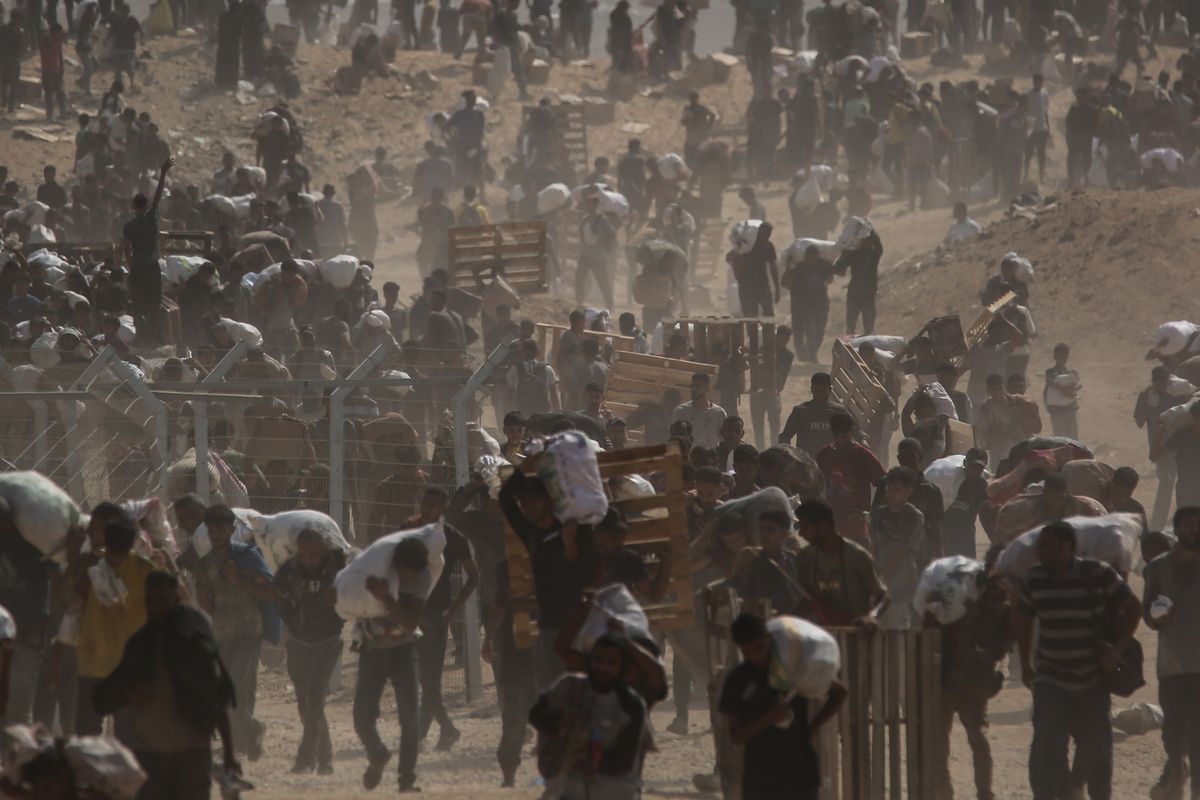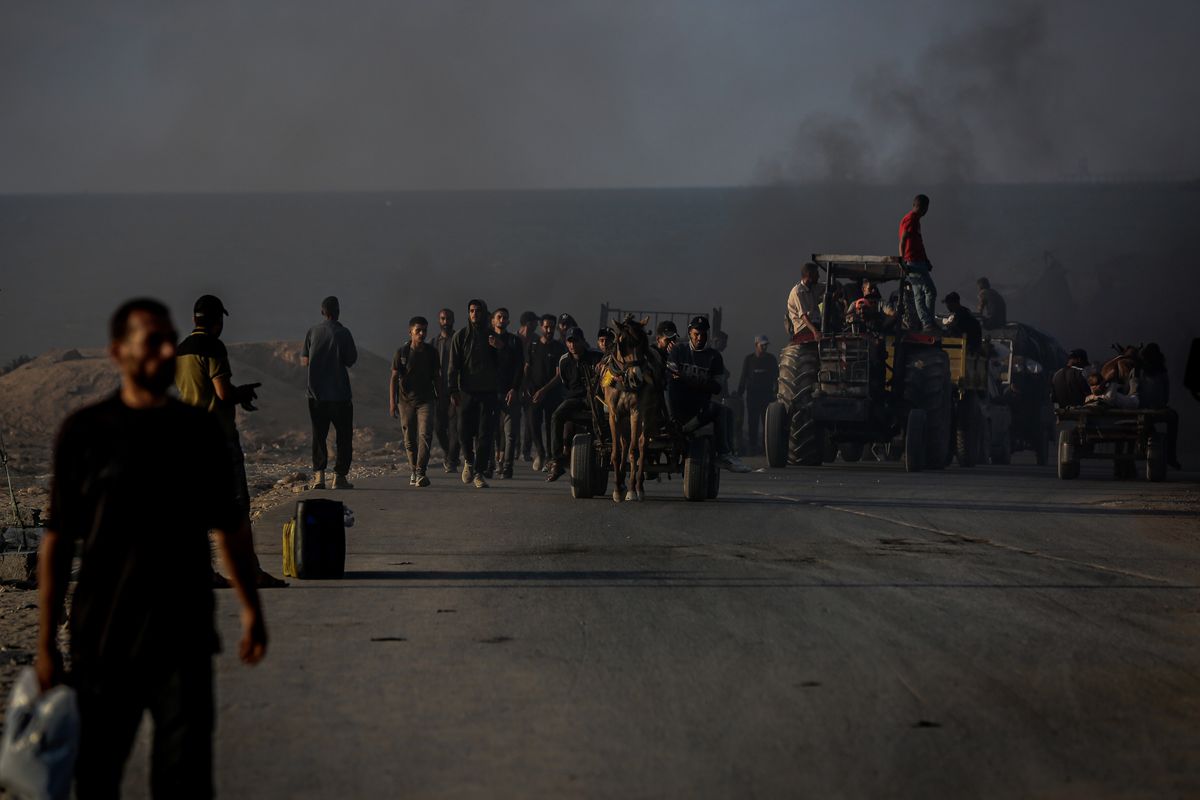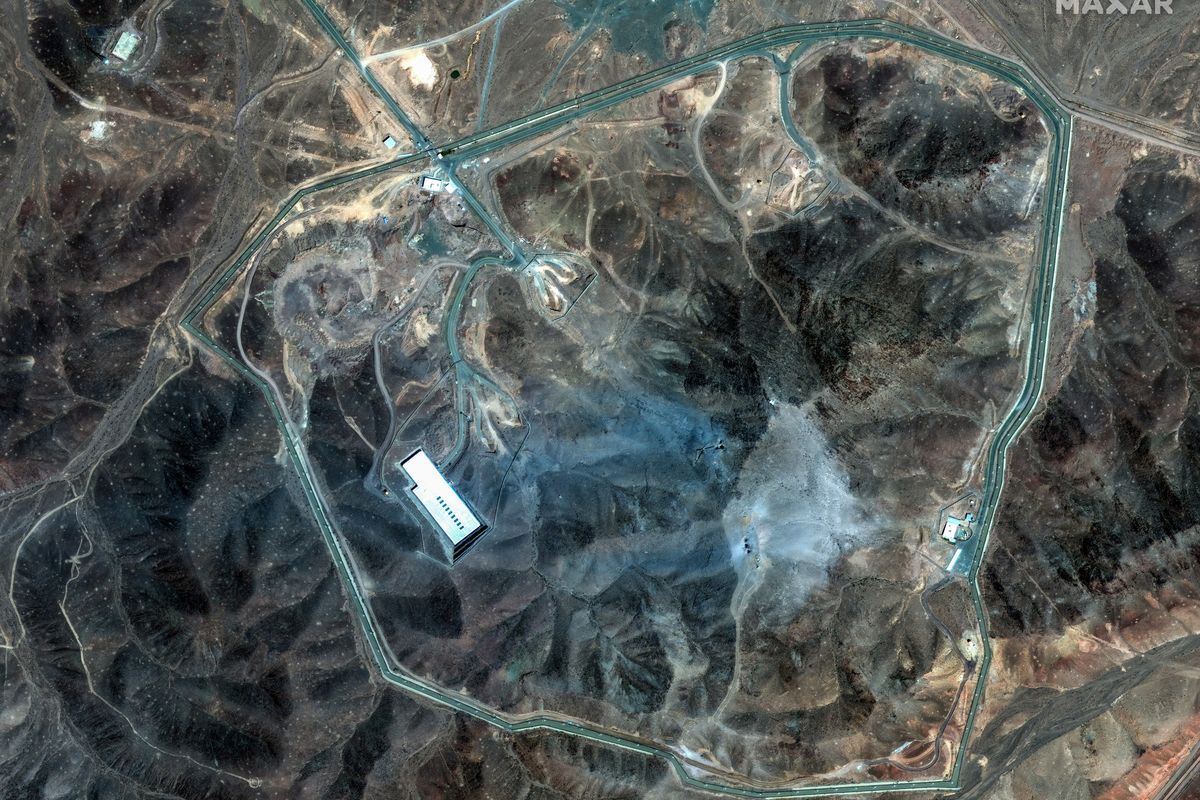The Islamic Revolutionary Guard Corps (IRGC) was formed shortly after the 1979 revolution that ousted the U.S.-backed Shah Reza Pahlavi. According to the Iranian Constitution, the IRGC is the ‘guardian of the Revolution’ from internal and external threats and reports directly to the Supreme Leader. The IRGC quickly established its relevance in countering successive waves of threats to the Islamic Republic posed by a spectrum of domestic opposition groups, such as the Marxist-Islamist Mojahedin-e-Khalq Organization (MEK) and Kurdish separatists. The IRGC would also play a pivotal role in repelling Saddam Hussein’s invasion of Iran in 1980 and the ensuing bloody eight-year war that cost hundreds of thousands of lives. The IRGC’s sacrifices to the cause in the incipient years of the Islamic Republic laid the groundwork for their expansive role in the socio-economic, political and military domain of the country.
Structure & Domestic Security
In the military sphere, the IRGC eclipses the regular Iranian army in sophistication, autonomy, and reach beyond Iran’s borders—operating parallel land, sea, and air forces, numbering approximately 150 thousand personnel. The IRGC also operates a vast intelligence apparatus and serves as the primary administrator of domestic missile and advanced military technology programs. Alongside its military operations, it holds the strings of Iran's million-strong volunteer-based Basij (Mobilization Resistance Force), who are called upon as needed to shore up internal security and defend the country against foreign invasion. The IRGC is also responsible for providing security to high-value assets in the country, including nuclear facilities. The IRGC, however, is not directly involved in Iran’s nuclear program, which is administered by the Atomic Energy Organization of Iran (AEOI).
The swift suppression of domestic opposition by the IRGC during the 2009 disputed Presidential Elections cemented their position as the most powerful security and military institution in the country and simultaneously reinforced their influence over political decisions. The IRGC and Basij forces crushed the protests with ironclad tactics under the pretext of dismantling a Western-backed ‘velvet revolution.’ In the process, however, clear differences in approach emerged within the organization in both the means utilized to crackdown on the protestors and its meddling in politics. Prominent members of the clergy, most notably Grand Ayatollah Sayyid Ali Mohammad Dastgheib Shirazi, also voiced criticism. The IRGC’s heavy-handedness ultimately tarnished its domestic image, particularly amongst urban, educated, and young classes, who more than ever perceived the organization as a tool to securitize the country and curtail political reform.
Foreign Activities
The elite Quds Force serves as the foreign arm of the IRGC, under the leadership of Commander Qasem Soleimani. While the Quds Force operates in relative autonomy, answerable only to the Supreme Leader, key security and foreign policies of the country are devised within the Supreme National Security Council (SNSC). The composition of the SNSC is derived from all branches of the Islamic Republic, including a representative of the IRGC.
The Quds Force provides weapons, personnel, training, and logistical support to a web of pro-Iranian militia groups across the Middle East and beyond. The Quds Force has nurtured such relationships for years, subsequently reaping great rewards, as in the aftermath of the U.S. invasions of Afghanistan and Iraq in 2001 and 2003 respectively. Indeed, the United States sought Iran’s support in ousting the Taliban and Saddam Hussein—mutual enemies of both countries. It was the Quds Force that mobilized its Afghan Northern Alliance militia to support U.S. efforts to defeat the Taliban. Similarly, the Quds Force called upon its Kurdish and Shia militias in Iraq to assist with deposing Saddam Hussein.
Since the 2011 uprising in Syria and spread of extremism throughout the region, the Quds Force has increasingly provided direct support to the Syrian and Iraqi Governments (and allied militias) fighting opposition groups and the Islamic State (IS), or Daesh. The Quds Force extensive involvement stems from Iran’s perception that foreign intervention in the Middle East, U.S. military bases encircling Iran, and support for anti-Iranian opposition groups are directed at advancing Washington’s regime change policy vis-à-vis Tehran.
The insecurity in Iraq poses a direct threat to neighboring Iran: consequently, the Quds Force plays a more prominent role in advancing Iran’s security policy there and curtailing IS advances. In Syria, the Quds Force’s deep-seated alliance with Damascus, extending to Hezbollah (dubbed the "Deterrence and Resistance Front") has endured since the early years of the Islamic Republic in their mutual opposition to Israeli and Western influence in the region.
Yemen is a different case—Iran does not view the civil war in Yemen between Houthi rebels and supporters of President Hadi as an immediate threat to its security and is reluctant to open a new military front. The Quds Force has provided sporadic support to the Houthis, however, these have been exaggerated by Saudi Arabia to justify its shortsighted military adventurism since 2015 in Yemen to reinstate President Hadi. Riyadh’s reactionary policy is a symptom of the wider regional rivalry with Iran that has exacerbated instability in the region along sectarian and ethnic lines. Without a sustained effort to ease such tensions, the Quds Force, from the Iranian vantage point, will need to maintain its stronghold in the Levant and resist the Western, Israeli, and Persian Gulf Arab States’ efforts to reconfigure the geopolitical landscape in the region.












